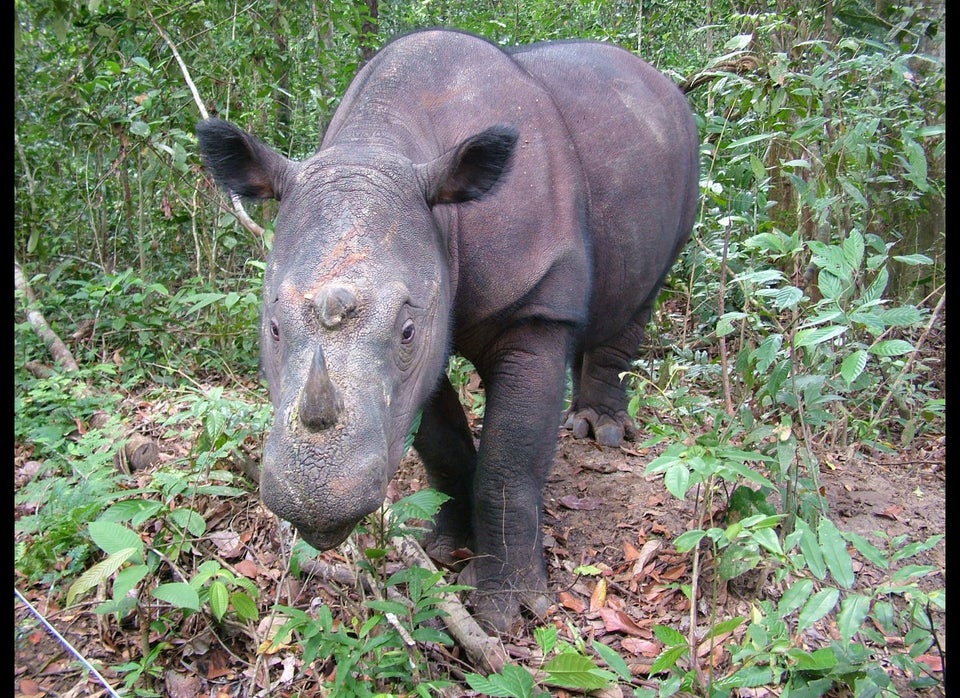On Dec. 28, 1973, President Richard Nixon signed a crucial piece of legislation for wildlife protection: the Endangered Species Act. Created "to protect and recover imperiled species and the ecosystems upon which they depend," it came into place after Nixon called on the 93rd Congress to provide more intensive conservation efforts in 1972.
To celebrate 40 years of critical environmental rebuilding and conservation, the U.S. Fish and Wildlife Service created a comprehensive website with resources for everyone, including endangered species coloring pages for kids, short videos on recovery success stories and an interactive map to learn more about endangered species in your state.
They also created this video -- which traces the history and applications of the Act with action footage from the field -- to mark the anniversary.
"The Endangered Species Act has played an integral role in wildlife conservation for four decades, giving us the ability to work with partners across the nation to prevent the extinction of hundreds of species, recover many others, and protect fragile habitat that supports both species and people," U.S. Fish and Wildlife Service Director Dan Ashe said in a press release. "We face enormous challenges as we seek to sustain and build on this success, which is why we're committed to improving our ability to work collaboratively with landowners and other key stakeholders at a landscape scale."
To date, 99 percent of the species protected by the ESA have avoided extinction. Co-administered by the U.S. Fish and Wildlife Service and the National Oceanic and Atmospheric Administration, 1,400 domestic species of plants and animals and 600 foreign species are currently protected under this law. It's responsible for the successful recovery of the bald eagle, the black-footed ferret and the California condor, among others.
Plant and animal species can receive protection under this law by gaining a listing of "endangered" or "threatened." Species have to meet at least one of five factors: damage to habitat, over-utilization of the species, disease or predation, lack of existing protection or other factors affecting the species, according to the U.S. Fish and Wildlife Service. Gaining recognition under the law means advanced habitat protection, extensive monitoring and a ban on their take and trade.
The Endangered Species Act has been a crucial protection for animals affected by habitat loss, pollution and harvesting -- and will be increasingly imperative as animals face the threats of climate change. Scientists argue that in the future we'll need even more than the Endangered Species Act to protect lands and wildlife, such as advanced partnerships with private lands, faster listing services and additional efforts to mitigate climate change.
